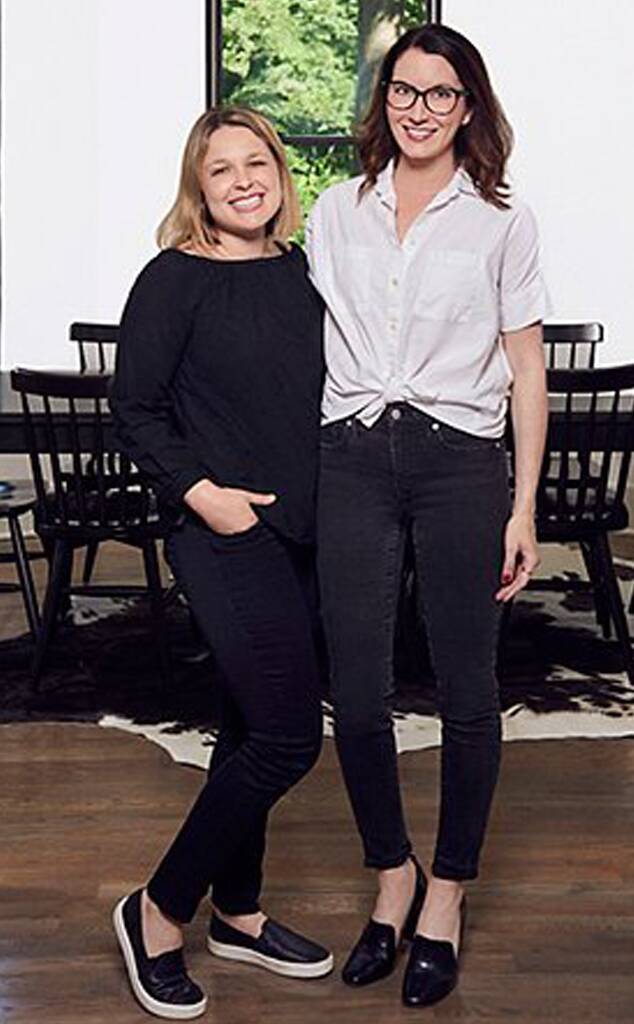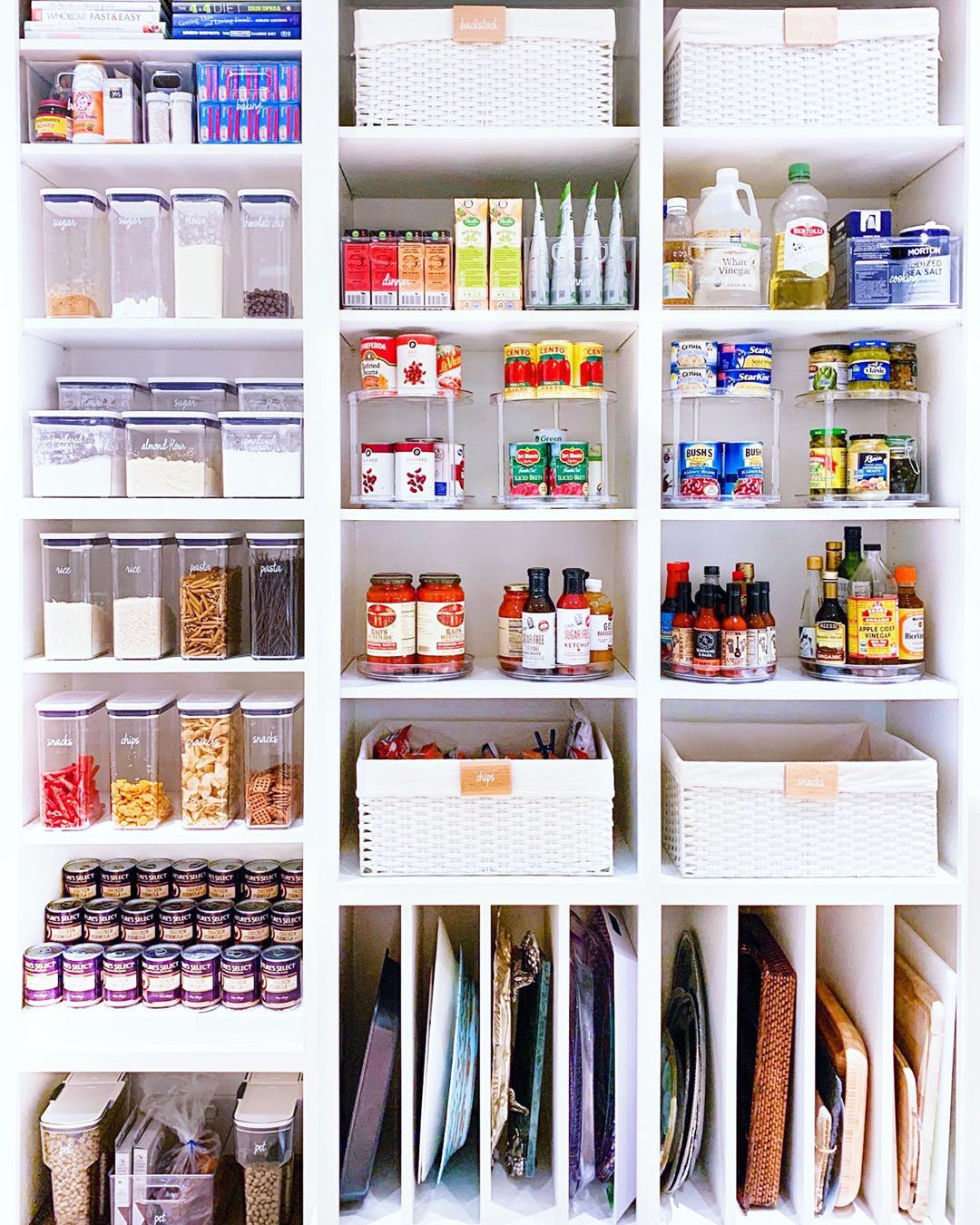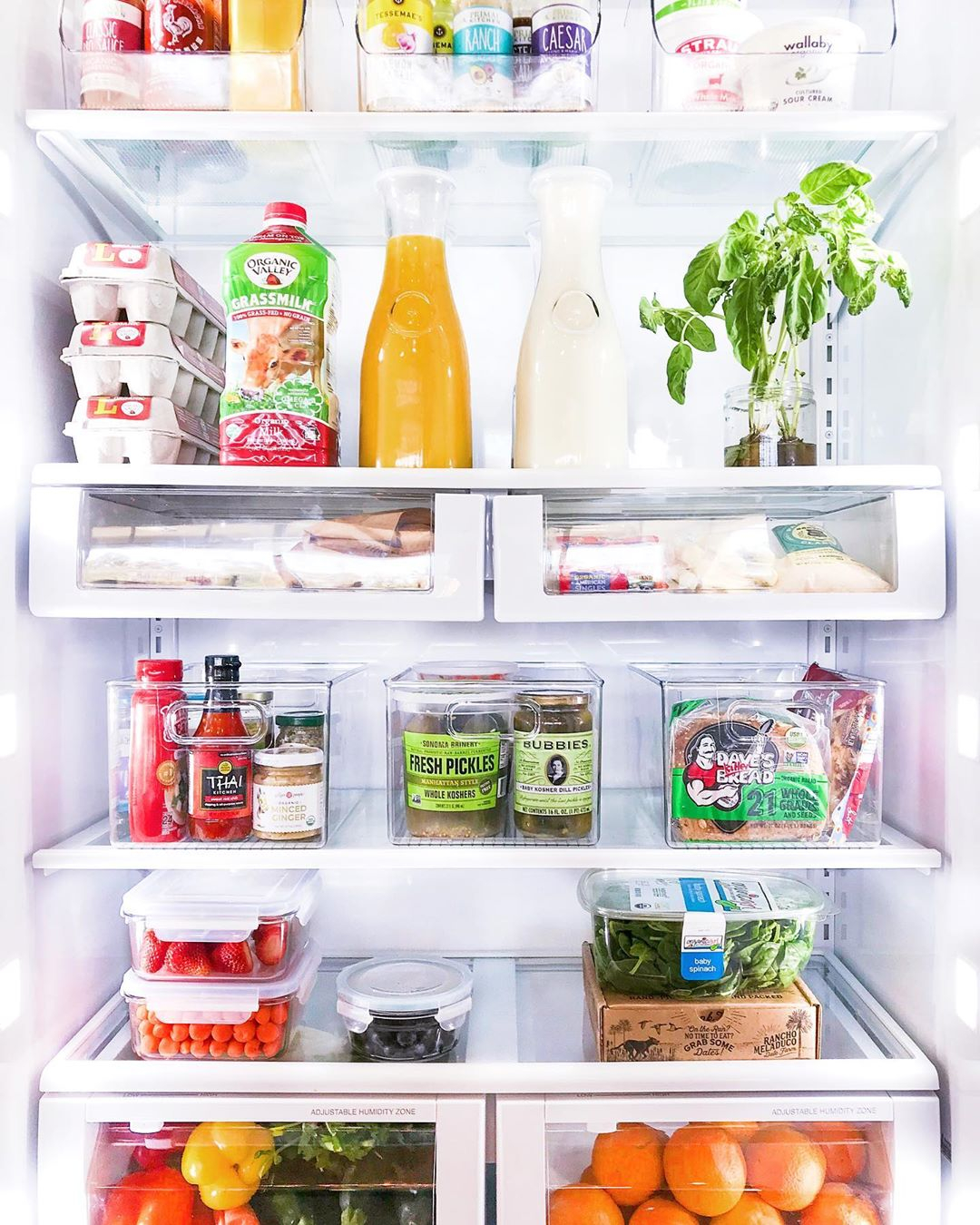The Home Edit

There’s no better time than now to cross a few items off the to-do list.
Whether people are working from home or simply spending more time indoors, this is the opportunity to finally getting around to organizing the closet, pantry or work space in a way that is conducive to creating a peaceful and comfortable home.
But there’s always the difficulty of scanning Pinterest boards, searching for boxes and figuring out the system that works best for the task at hand. Luckily, Lauren Lagarde of the Home Edit is offering the numerous tips and tricks needed to have your home in ship-shape order.
Lauren and her team have helped Gwyneth Paltrow, Mindy Kaling, and Khloe and Kim Kardashian achieve the closets and pantries of their dreams and she wants to help readers too!
To learn what advice she has, check out our exclusive Q&A below!
E!: With everyone being home now, why is this a good time to organize your living space?
LL: Well, first of all, organizing provides some calming relief, which is extremely needed right now. Even though the world is a mess, your living space doesn’t have to reflect that. Organizing will give you something productive to do, rather than refreshing your newsfeed every five minutes. When you’re in a space that functions well and looks beautiful, you feel more grounded, like you can finally take a breath. Also, since people have more time on their hands, this is the perfect time to tackle a project that’s been on your to-do list. As far as we’re concerned, it’s a win-win!
The Home Edit
E!: What are your main tips for organizing your workspace for people who have to work from home now?
LL: 1. Create a spot for current, on-going, or pending projects. Having a specific spot will decrease piles of clutter that can otherwise accumulate.
2. Use acrylic paper trays and sorters to keep clutter off of a desk while still keeping paperwork you access daily nearby. When in files, magazine holders and storage boxes also provide easy access—even on a shelf.
3. Designate stations for your various tasks. For instance, if you tend to write down notes while on a call, place all your pens and post-its next to the phone, or in a drawer next to it.
4. Using a cord wrap or cable tie to gather your laptop and phone wires help prevent them from taking over your desk or media table. There are also a variety of colors you can use to identify different categories!

E!: What are your tips for keeping your workspace separate from your living space?
LL: Create a designated workspace and keep it there. This is your office now. It doesn’t matter where it is, but it should be a place where you can set up systems that streamline your work routine. The goal is at the end of the day, you’re able to file papers away, create a to-do list, and start fresh in the same place tomorrow.
E!: What are the main areas people should focus on organizing now that we have more time at home?
LL: Pantries, fridges, and living rooms. We access these spaces on a daily basis, which means more opportunity for clutter to build. Use this time to create functional systems that will streamline your family’s routine for both short-term and long-term use.
E!: What are your tips for organizing your pantries?
LL: 1. Every single pantry needs to have some form of a basket or bin to contain the general categories. Clear canisters are great for dry goods and staple items, but it’s still important to have some large categories in bins that aren’t overly specific or singular. For example, a “Dinner Bin” can hold everything from boxes of pasta, cans of soup, or taco shells – so you are never stuck with an item that doesn’t have a home.
2. Be realistic with your time and lifestyle. If you’re a busy parent or have a time-consuming job, you’re not going to want to come home from the grocery store and empty everything into canisters. Open bins are much easier to manage and require no extra work.
3. LABEL YOUR CATEGORIES! If you label a bin as “Breakfast,” it’s very hard to put a bag of chips in it without feeling (appropriately) guilty. Labels are really the key to long term maintenance.
4. Schedule a quick 15-minute pass per month to weed out expired or nearly finished items.

E!: With people increasing their food supply and buying in bulk, what are you tips for storage and organizing mass amounts of product?
LL: If you are buying in bulk, make sure to have space for overflow items that don’t fit into your bins. If you have a huge amount of snacks, devote a couple of bins to those items so you aren’t cramming everything into a single container. Understanding what you have on hand will help you create a more organized space, and save you time and money at the grocery store.
E!: How do you maximize your fridge and freezer space with bulk buy?
LL: Create a zone system with containers and labels. Not only does it keep your fridge clean and uncluttered, but it will also help you take advantage of vertical space.
In addition, interior designer Sarah Anderson-Magness recommends, “Pull all your shoes out of your closet…organize them by color, heel size, brand, occasion and season. If you are limited on space, organize by season first. I usually keep all my shoes in boxes and you can create labels on the outside to identify each shoe.”
Now, go forth and conquer!